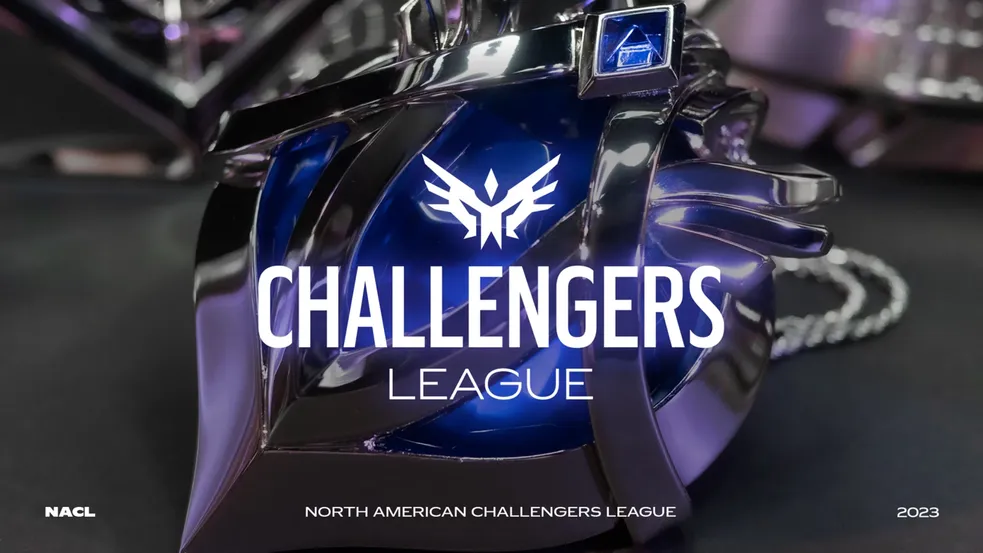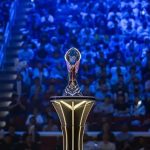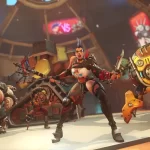Yesterday was the opening day of LCS Summer Splits and it went even worse than expected.
There were even talks of cancelling the whole thing, which instead ended in the two-week delay. A while back Riot Games announced that teams in the League of Legends Championship Series (LCS) would no longer be required to field teams in the North American Challengers League (NACL), a decision that caused the League of Legends Championship Series Player Association (LCSPA) to call for a walkout.
Seven out of the ten teams competing in the LCS pulled out of the NACL, marking the first-ever strike on this scale in the history of esports. LCSPA put out a list of demands to Riot, including a promotion and relegation system between the LCS and NACL, guaranteeing league minimum contracts to the LCS Summer Finals winners each year, and a roster continuity rule. Riot rejected most of these demands and delayed the 2023 LCS Summer Split for two weeks to allow for negotiation between the LCSPA and Riot.

Now that the two weeks delay era is over, we can see the results of Riot’s decisions.
The start of the new LCS Split has seen a significant drop in viewership numbers, with only 77,000 fans tuning into the official broadcast on Twitch, almost 100,000 fewer than the last split.
According to Esports Charts, the LCS has only reached a six-figure viewership mark once in the last three days, during Team Liquid’s victory over 100 Thieves on June 15, which brought in 106,000 viewers over 32 minutes. The final match of the week, which saw NRG Esports claim their first win since 2016 over 100 Thieves, came close to a six-figure mark but ultimately fell short, with just over 93,000 viewers tuning in to see the closing moments of the LCS Summer Split opening week.
Despite the presence of popular pros such as CoreJJ, Doublelift, Ssumday, and Summit, it is surprising to see high-profile matches with teams like FlyQuest and Cloud9 fail to reach six figures in viewership. These teams feature other talented superstars, and their rosters have significant firepower, making the low viewership numbers unexpected.
This is a cause for concern, especially when compared to previous years when the numbers were much higher. In 2019, nearly 219,000 people watched the opening of the summer split, and even in 2021, the number was back up to 222,000. Riot Games is now left wondering how this could happen.
A Reddit thread discussing the low viewership of the LCS suggested several reasons for this issue. One possible reason was the recent drama surrounding the NACL, LCSPA, and LCS walkout, which may have turned off some viewers. Others noted that the LCS started on a normal midweek day, and the schedule was announced too late, making it difficult for fans to plan their viewing. Another comment stated that they were a European viewer who was not aware that the League had started. They only found out when they saw post-match threads in the morning.
While we still need to wait and see how the whole split goes, the chances of success are low. Riot will have to rethink its decisions and the teams will have to consider their options very carefully before making a final call.
However it goes, this looks like a loss for the fans. Especially the ones who don’t like to see politics in their favourite sports. We will update you on this situation further.
There are several possible reasons for the low viewership, including the controversy surrounding the NACL, LCSPA, and LCS walkout, unsuitable starting times, and late schedule announcements. Additionally, some viewers may not have been aware that the League had started.
The LCSPA put forth a list of demands to Riot Games, which included a promotion and relegation system between the LCS and NACL, guaranteeing league minimum contracts to the LCS Summer Finals winners each year, and a roster continuity rule. Riot rejected most of these demands, which led to the two-week delay of the LCS Summer Split to allow for negotiation between the LCSPA and Riot.












